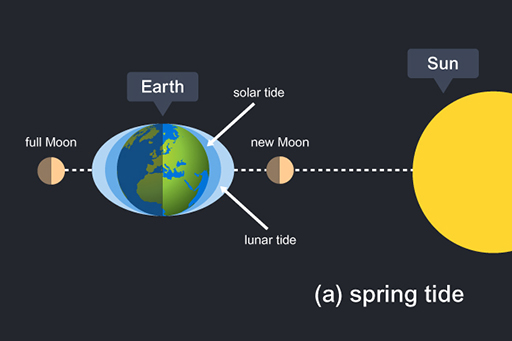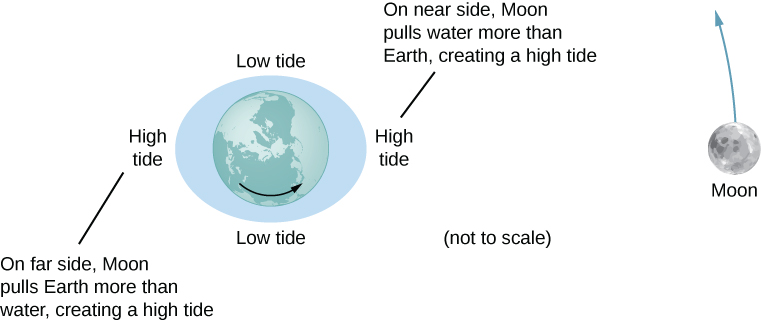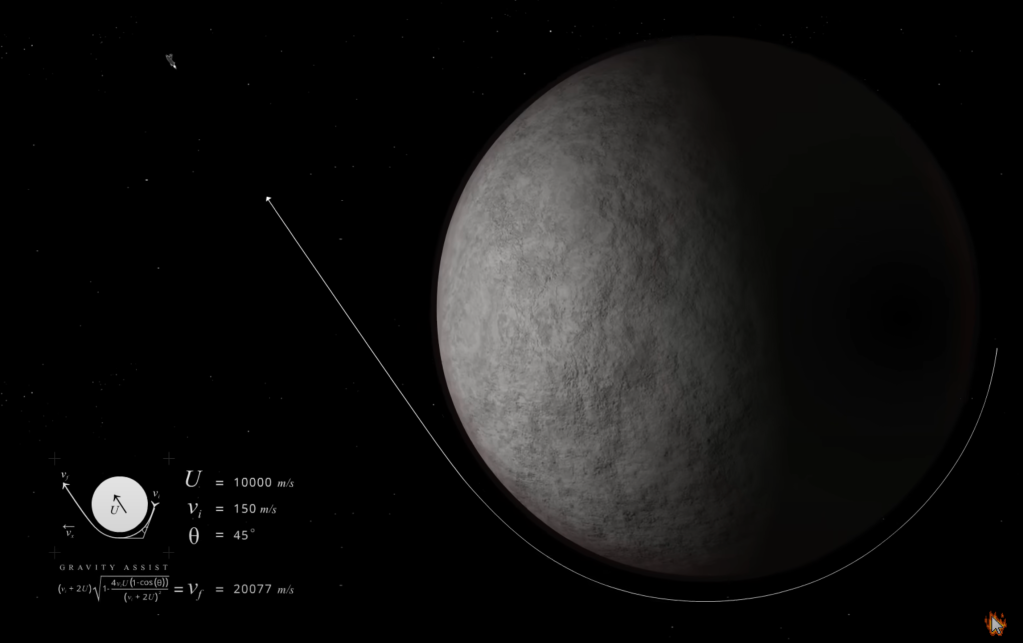
Before enrolling in this course, I had given no thought as to what light truly was. To me, light simply stemmed from the light switch on my wall as I flicked it on and off. However, there is so much more to light than what first meets the eye (no pun intended). According to the The Cosmic Perspective by Jeffrey O. Bennett, Megan O. Donahue, Nicholas Schneider, and Mark Voit, Newton correctly inferred that light was made up of tiny particles, though he didn’t know quite what. The first component of light that I would like to highlight are waves. There are many types of waves, including radio waves, microwaves, infrared, visible light, ultraviolet, X-rays, and gamma rays. All of these waves have different properties, and some are visible to the naked eye, while many are not. Waves are often characterized by their peaks (uppermost parts) and troughs (lowermost parts). However, although waves move outward, the particles within them move up and down. Another term important to the conversation of waves is wavelength. Wavelengths describe how long a specific wave is by illustrating the distance between peaks and troughs. Additionally, frequency is characterized by the number of peaks passing by any given point each second. Then, when we multiply wavelength by frequency, we get speed. The speed of waves is the distance that the waves traveled in a specific amount of time.
Now that you have a decent groundwork for what light is, we can begin our discussion of the electromagnetic spectrum. The range of colors that we can see with our eyes is only a tiny part of all of the light in the universe…or, in other words, the spectrum of light. Hence, the use of the term: electromagnetic spectrum. Though it is difficult to fully grasp, there is light beyond the rainbow that we are unable to see. The form of light in which we are able to see is dubbed visible light. Virtually, these are the colors of the rainbow. Colors between about 400-700 nanometers make up the colors of the rainbow. Light with wavelengths of just beyond 700 nanometers (what we see as red) are called infrared light. Just beyond infrared light are microwaves, and then we move to radio waves, which are the longest wavelength-light. Then, moving along the spectrum in the other direction, if a light is just shorter than 400 nanometers, it is considered ultraviolet light. Ultraviolet light can be extremely damaging, causing sunburn and even skin cancer. Light with shorter wavelengths are x-rays and the shortest wavelength-light are gamma rays. I hope that this helped to lay the foundation of light and the electromagnetic spectrum for you!











